Frontier Sciences: Katsunori Mizuno
For Acquisition and Proper Use of Water Environment Data
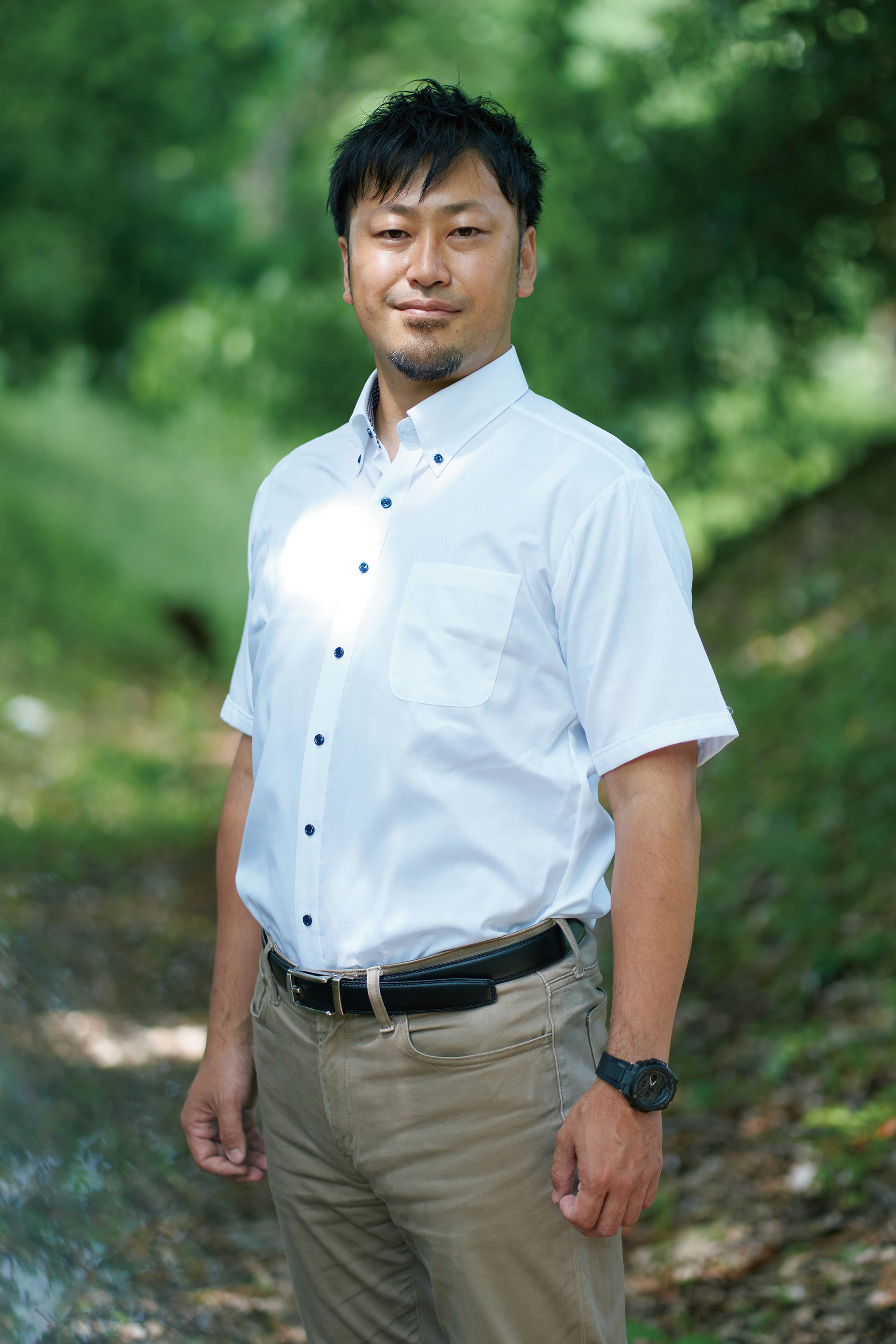
I am currently addressing environmental challenges through instrumentation engineering and information science. As mass and various data in medical, industrial, agricultural, and other fields become available, they are increasingly used. This is also true for environmental data. However, numerous problems remain in the acquisition of data, such as the efficiency, cost, accuracy, and visualization of invisible data. In our laboratory, we develop technologies to solve these problems and work on their practical use in society.
Katsunori Mizuno
Associate Professor
Environmental Informatics and Sensing Laboratory
Department of Environment Systems
Division of Environmental Studies
https://webpark2264.sakura.ne.jp/mizu/member/
I would like to provide an example of the visualization of invisible data that I am currently working on. At the bottom of the sea are shellfish, which are marine resources essential for human meals, such as asari ( Japanese littleneck), as well as various kinds of organisms (benthos). Benthos do not attract considerable attention. However, they range from the coast to the deep sea and largely influence the Earth’s environment, maintaining biodiversity, food chains, and the circulation of materials through their burrows.
However, the distribution and ecology information of benthos have not been sufficiently investigated; it is said that there are still many things we do not know about infauna that inhabit the sand and mud burrowing. One of the reasons is that a lot of time and cost for investigation is inevitably required because of the difficulty of obtaining the numerical data of the areal populations or observation data of their behaviors through conventional sampling.
Investigations in polar regions, such as the deep sea, incur extremely high costs. To solve this problem, our laboratory developed a 3D Acoustic Coring System-2000 (A-core-2000). It is a device with high resolution and reproducibility that is essential for monitoring the ecology of organisms. Inspired by an ultrasonic diagnostic device used in the medical field, we exploited the ultrasonic in the device to noninvasively probe the sediments, as doctors view the inside of the human body. This device is remarkable because it can produce 3D acoustic images in high resolution. It emits an extremely narrow acoustic beam converging high-frequency (100–1,000 kHz) sound waves and measures areas where organisms of interest cluster.
The A-core-2000 can be operated at a depth of 2,000 m in the water. After several preliminary tests, in 2021, it was loaded onto Shinkai 6,500, a crewed research submersible owned by the Japan Agency for Marine-Earth Science and Technology (JAMSTEC). A demonstrative experiment was conducted around a colony of Calyptogena (Ectenagena) soyoae in the deep sea of the western part of Sagami Bay (depth of 851–1,237 m) (Figure 1).
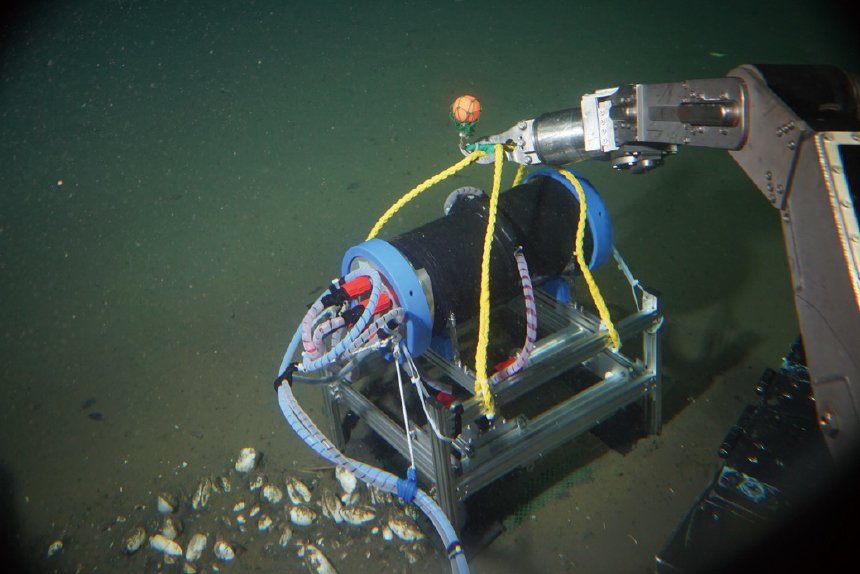 Figure 1. Measurement in the ocean ©JAMSTEC
Figure 1. Measurement in the ocean ©JAMSTEC
The measurement targets, the immature Calyptogena soyoae, were difficult to capture using an optical camera because, different from the adults, their shells are completely hidden in the seabed. However, the visualization and quantification of the spatial distribution of approximately 17 Calyptogena soyoae, including the immatures, were successfully conducted using our system for the first time (Figure 2).
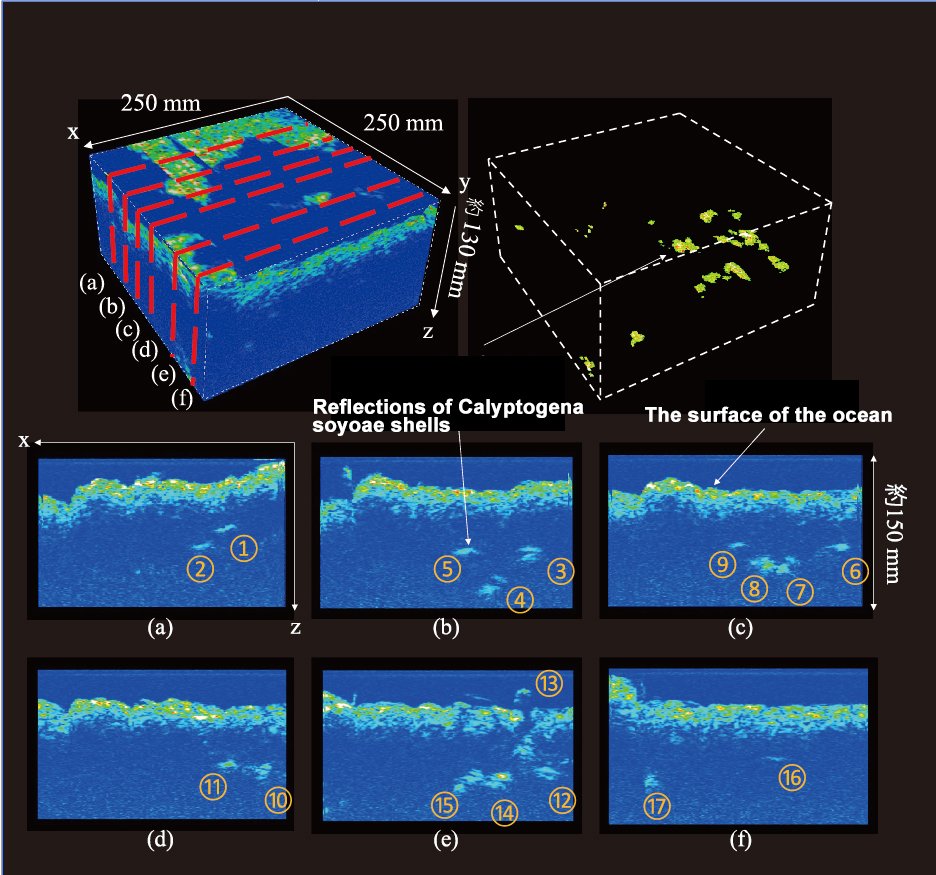 Figure 2. Three-dimensional (3D) acoustic images and 2D cross-sections
Figure 2. Three-dimensional (3D) acoustic images and 2D cross-sections
Lately, we are also developing technology for distinguishing the kinds of benthos and evaluating the conditions of the segment from the acoustic data with AI.
Although it is challenging to obtain data from a natural environment that is occasionally harsh and computerize such data, it will contribute to an improvement in the acquisition and proper use of data, which is the basis of the discussions of all topics.
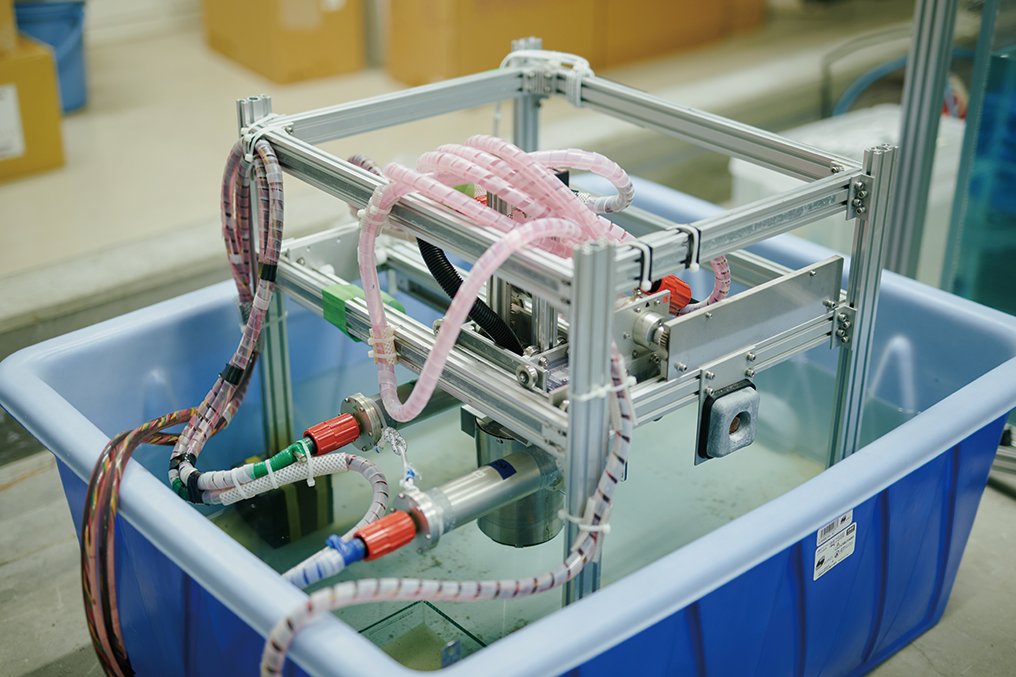 We began to breed Japanese littlenecks at the laboratory. The A-core-2000-mini is attached to the tank to monitor the clams in the sand.
We began to breed Japanese littlenecks at the laboratory. The A-core-2000-mini is attached to the tank to monitor the clams in the sand.
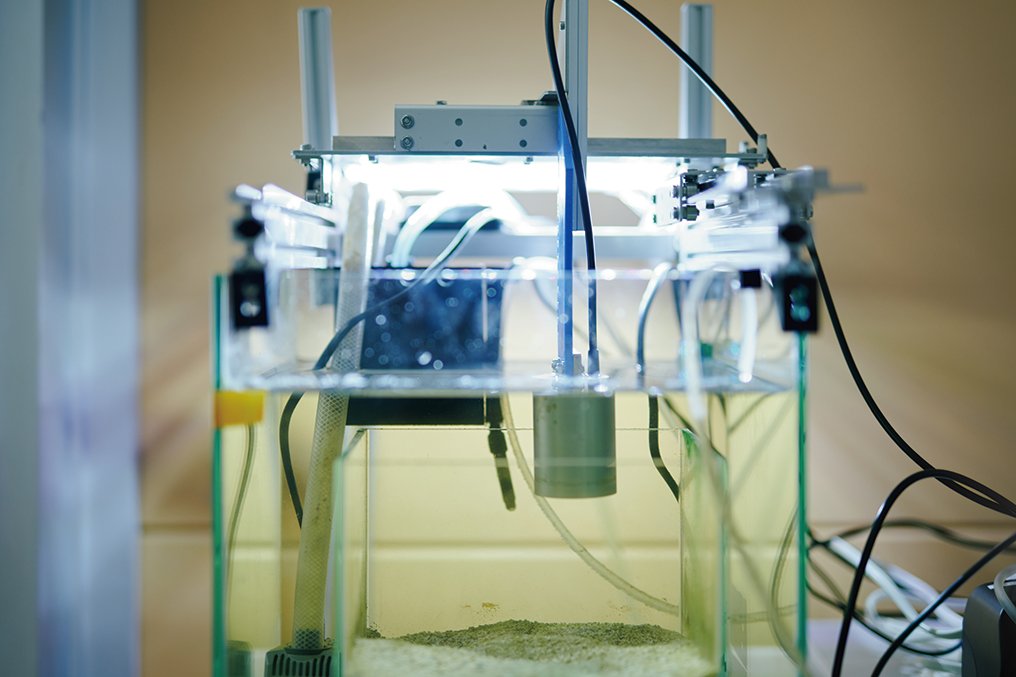 The A-core-2000 was attached to the Shinkai 6,500, a crewed research submersible.
The A-core-2000 was attached to the Shinkai 6,500, a crewed research submersible.

vol.44
- Cover
- The Potentials of Materials Science
- A Turning Point of Fusion Energy Research: Increasing Commercial Ventures for Practical Application
- Pioneering New Life Science with Parasitology and Bioinformatics
- For Acquisition and Proper Use of Water Environment Data
- GSFS Front Runners: Interview with an entrepreneur
- Voices from International Students
- On Campus/Off Campus
- Event & Topics
- Awards
- Information
- Relay Essay
